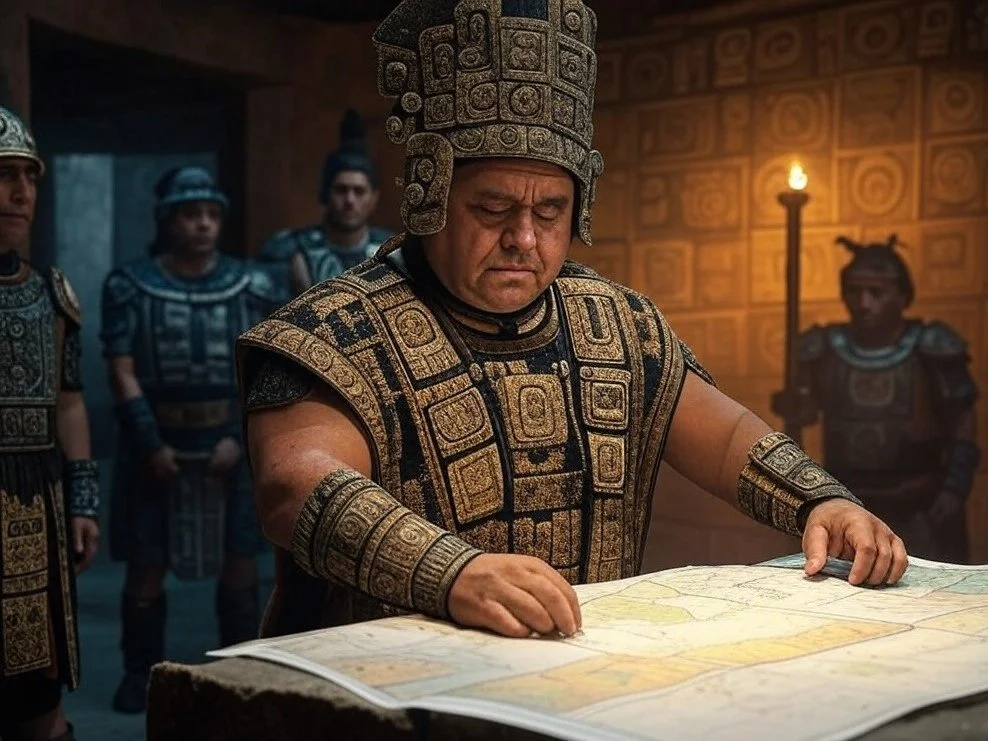Introduction
The development of calendar systems was one of humanity’s most significant achievements, allowing civilizations to track time, organize agricultural activities, and structure religious and societal events. Early calendars were based on astronomical observations, with variations emerging across different cultures. This article explores the origins, structure, and impact of the first calendar systems in the ancient world.
The Basis of Early Calendars
Ancient societies relied on celestial bodies—primarily the Sun, Moon, and stars—to develop their calendars. These astronomical observations helped create structured timekeeping methods that influenced daily life and governance.
Lunar Calendars
Many early civilizations, including the Mesopotamians and Egyptians, initially used lunar calendars.
The phases of the Moon determined months, typically lasting 29–30 days.
Challenges with lunar drift led to adjustments and intercalation methods.
Solar Calendars
Based on the Earth's orbit around the Sun, solar calendars provided a more stable annual structure.
The Egyptian calendar, one of the earliest solar-based systems, had 365 days divided into 12 months of 30 days plus five extra days.
The Julian calendar (introduced in 46 BCE) refined solar timekeeping and set the foundation for the modern Gregorian calendar.
Prominent Ancient Calendar Systems
Several early civilizations developed sophisticated calendar systems, each tailored to their environmental and cultural needs.
The Egyptian Calendar
One of the first solar calendars, designed to align with the annual flooding of the Nile.
Featured a civil calendar of 365 days and a separate lunar-based religious calendar.
The Mesopotamian Calendar
A lunisolar system combining lunar months with solar year corrections.
Introduced intercalary months to reconcile lunar-solar discrepancies.
Influenced later calendar reforms in Persia and Greece.
The Mayan Calendar
A complex system featuring the 260-day Tzolk'in and the 365-day Haab'.
Integrated astronomical cycles, including Venus and lunar phases.
Used for religious, agricultural, and political purposes.
The Chinese Calendar
A lunisolar system incorporating lunar months and solar terms.
Adjusted periodically with leap months to maintain seasonal alignment.
Continues to influence traditional festivals and agricultural planning today.
The Impact of Early Calendars
Calendar systems had far-reaching effects on agriculture, governance, and religious observances.
Agricultural Planning
Allowed farmers to predict seasonal changes and optimize planting and harvesting schedules.
Coordinated irrigation and resource management in river valley civilizations.
Religious and Cultural Significance
Many calendars aligned with celestial events, shaping religious festivals and rituals.
New Year celebrations and seasonal festivals were determined by calendar cycles.
Administrative and Political Organization
Standardized calendars enabled efficient taxation, labor coordination, and legal scheduling.
Facilitated trade and record-keeping in complex societies.
Conclusion
The first calendar systems were instrumental in shaping early civilizations, allowing societies to organize their activities around predictable astronomical patterns. These timekeeping innovations laid the foundation for modern calendar systems, demonstrating the enduring significance of ancient astronomical observations in human history.


























